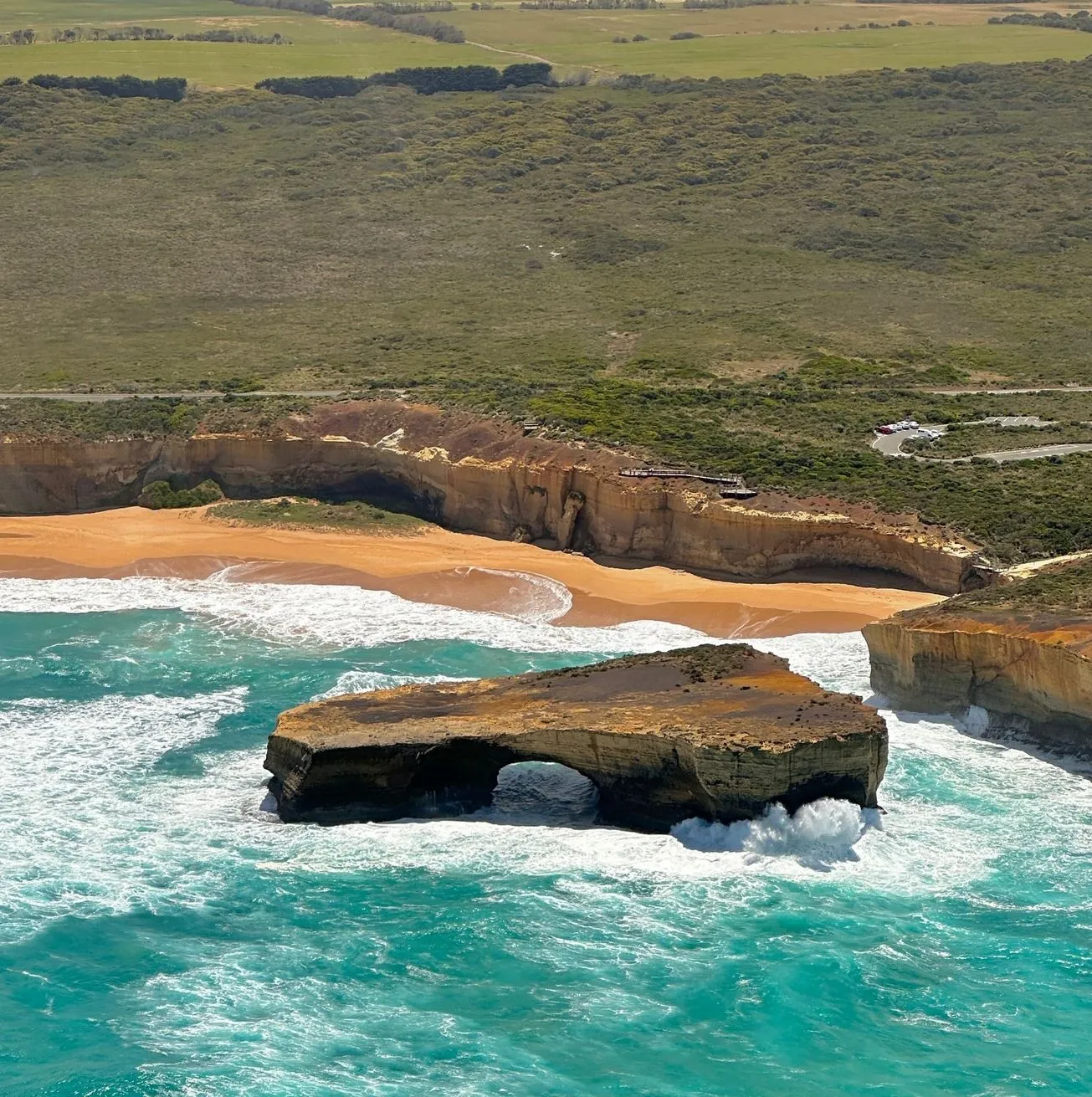The Great Ocean Road is a legend for its big coastline, rainforests and seaside towns. Running along the southern coast of Australia this famous road takes you on an unforgettable journey through beaches, cliffs and temperate rainforests, it’s one of the most scenic drives in the world. So how do you plan your trip from Melbourne? This guide has got you covered, from transport to must see stops.
The Best Way to Explore the Road
The Coastal Route
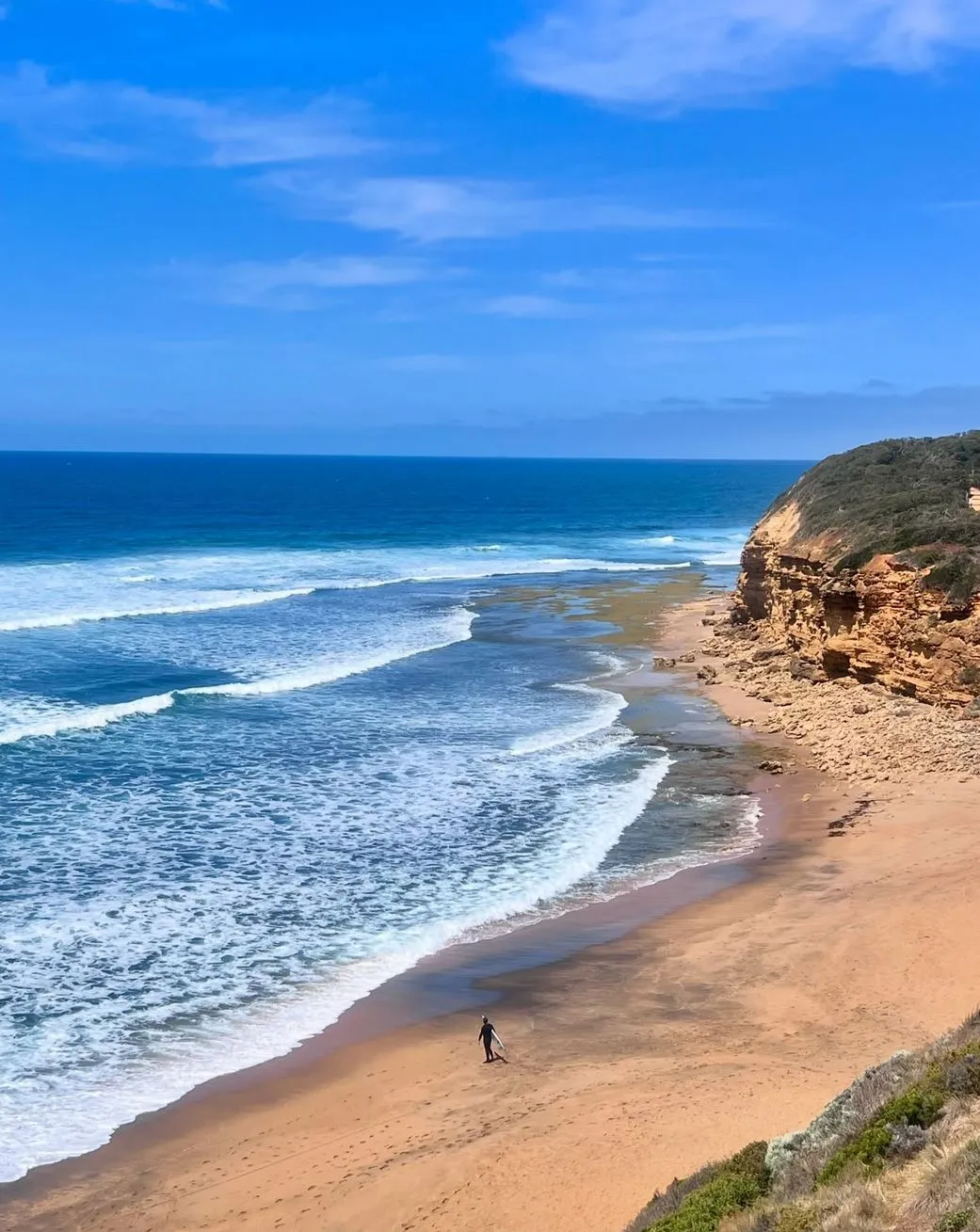
The coastal route is the most popular and scenic way to get to the Great Ocean Road from Melbourne. Starting in Torquay this section of road runs along the southern coast, with stunning coastal views, dramatic coastline and access to limestone cliffs.
Highlights:
- Famous surf beaches like Bells Beach.
- Charming coastal towns like Lorne and Apollo Bay.
- Breathtaking views of rugged coastline, sky-high rainforests and native wildlife.
This route is perfect for those who want to have time to stop and explore the area’s natural wonders and cultural heritage. Prepare for views at every turn and plan to stop at coastal tracks, walking tracks and famous sights like the Twelve Apostles.
The Inland Route: A Quick Option
If you’re short on time the inland route is the quicker way to get to the Great Ocean Road from Melbourne. This busy road runs through lush green rainforest and eucalyptus trees and gives you a different view of the area.
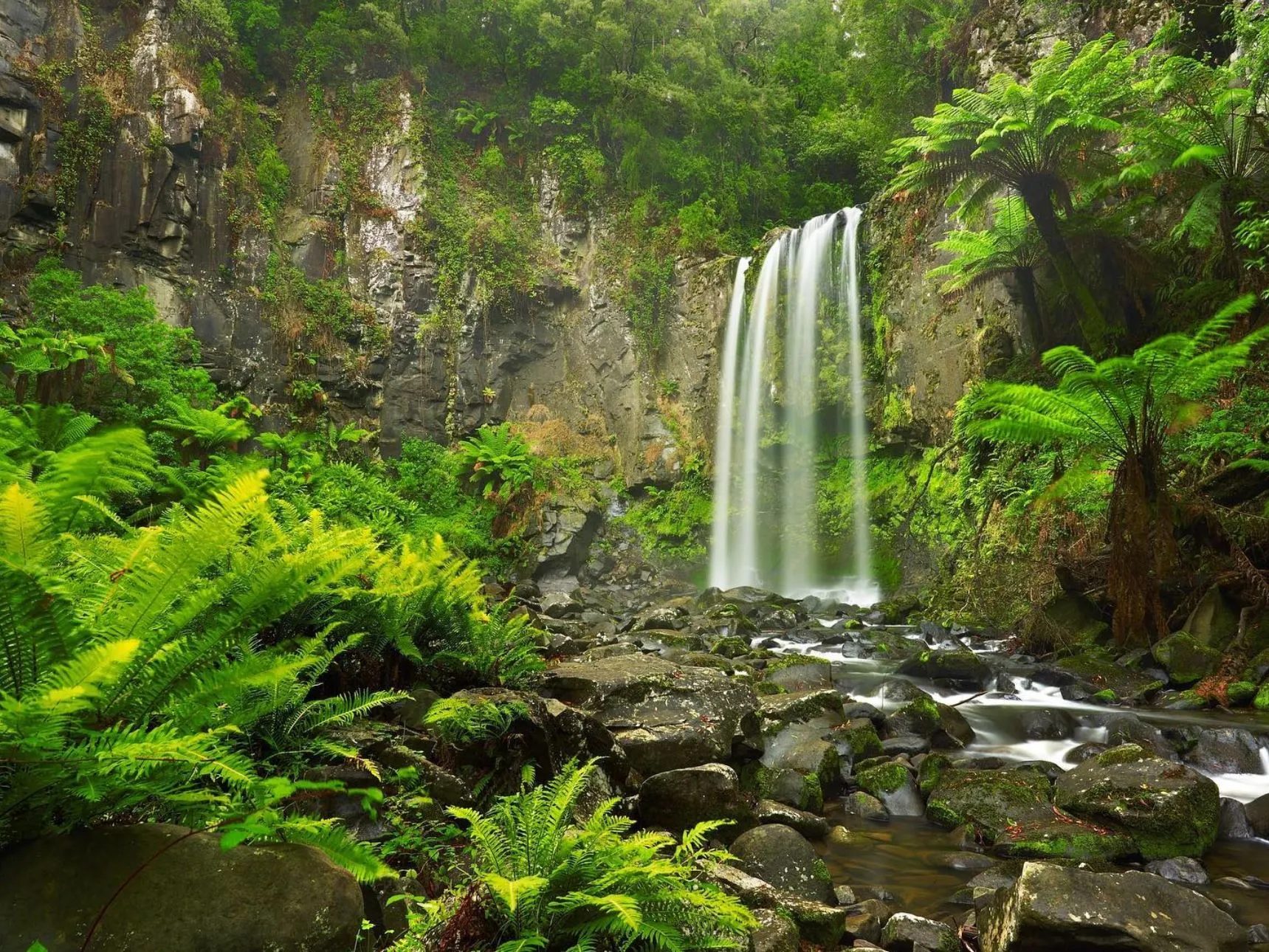
Highlights:
- Giant ferns and mossy trees on the rainforest floor.
- Short track checks for quick hikes to waterfalls like Hopetoun Falls.
- There is plenty of parking near natural wonders and stops.
Drive the Shipwreck Coast
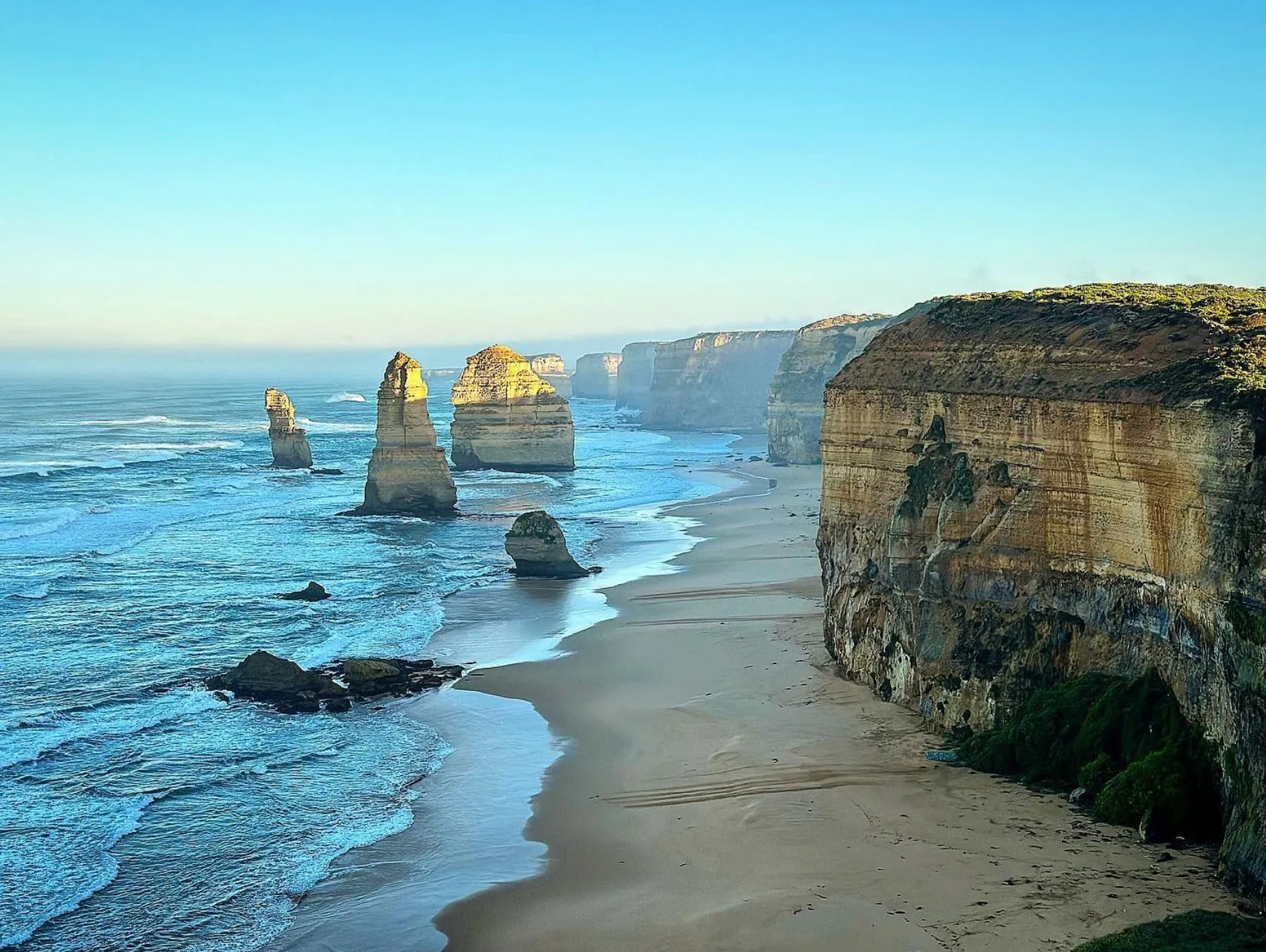
- Start Early: To get the most out of your drive, start your day early to avoid driving on the roads at night.
- Plan for Lunch: Stop in Lorne for seasonal produce and great restaurants in town.
- Be Safe: This section of the road has some tight corners, so be extra careful especially in winter.
Public Transport
Public transport is an option if you don’t have a car. While less flexible, it gets you to the main spots on the Great Ocean Road.
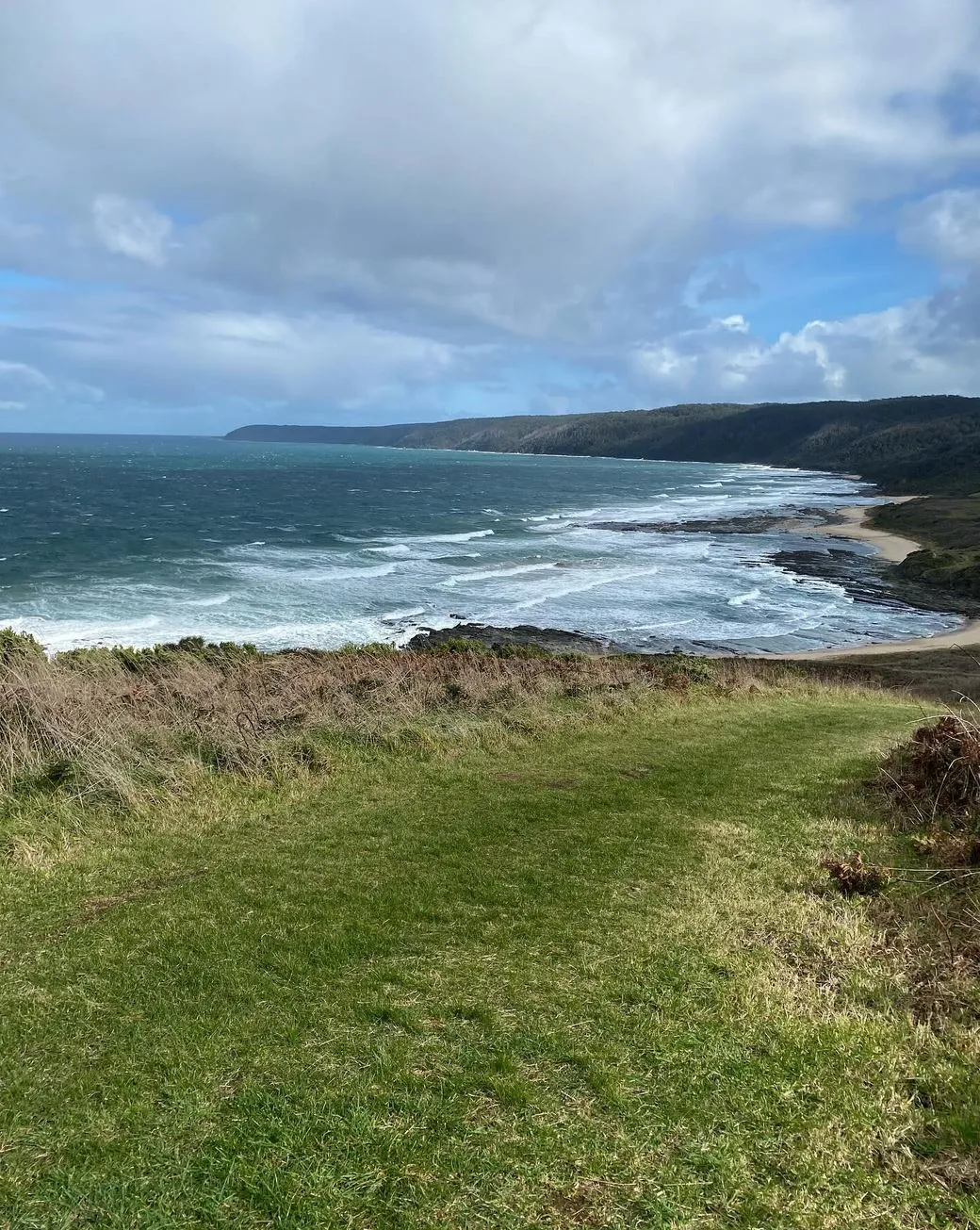
Train and Bus
- Catch a V/Line train from Melbourne’s Southern Cross Station to Geelong, the start of the Great Ocean Road.
- From Geelong, catch a V/Line bus to Torquay or Apollo Bay.
This option costs extra for tickets and requires some planning to avoid waiting time between services. But you’ll get to see the famous beaches, limestone stacks and cliff tops.
Guided Tours for a Stress-Free Experience
For a hassle free adventure join a guided Great Ocean Road tour from Melbourne. Tours like Autopia Tours take you along the iconic route with expert guides who will tell you all about the region’s history, culture and natural environment.
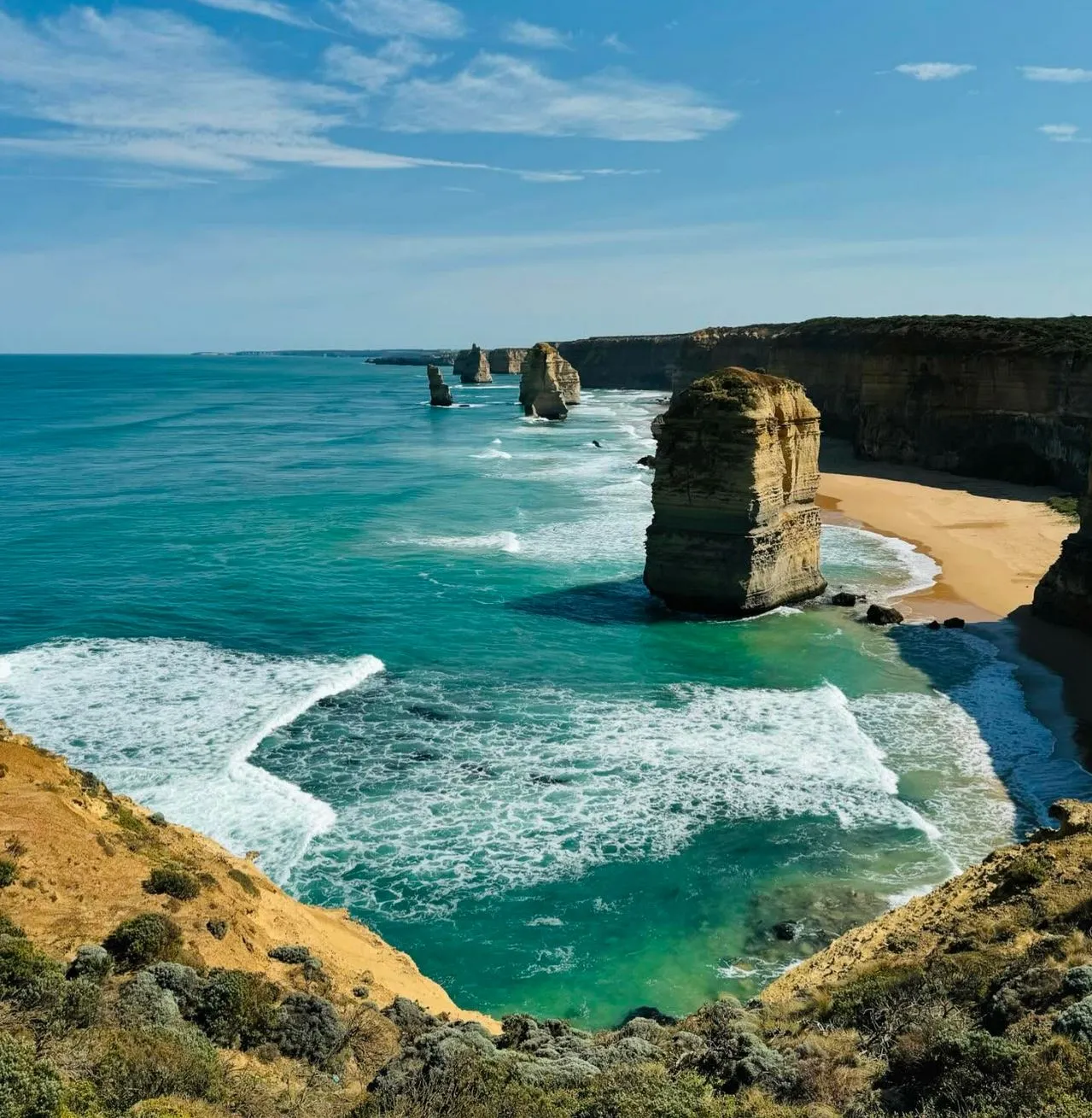
Benefits of Guided Tours:
- More time at the Twelve Apostles and Loch Ard Gorge.
- Bird watching and koala spotting on koala trails.
- There is no need to worry about navigation or parking.
Some 12 Apostles tours include wildlife encounters, lunch in coastal towns and waterfall chasing.
Must See Stops on the Road
Seaside Towns
The Great Ocean Road has many seaside towns like Port Campbell and Apollo Bay, each with its own beachy vibe: town restaurants, dive spots and walking tracks to waterfalls and scenic stops.
Natural Wonders
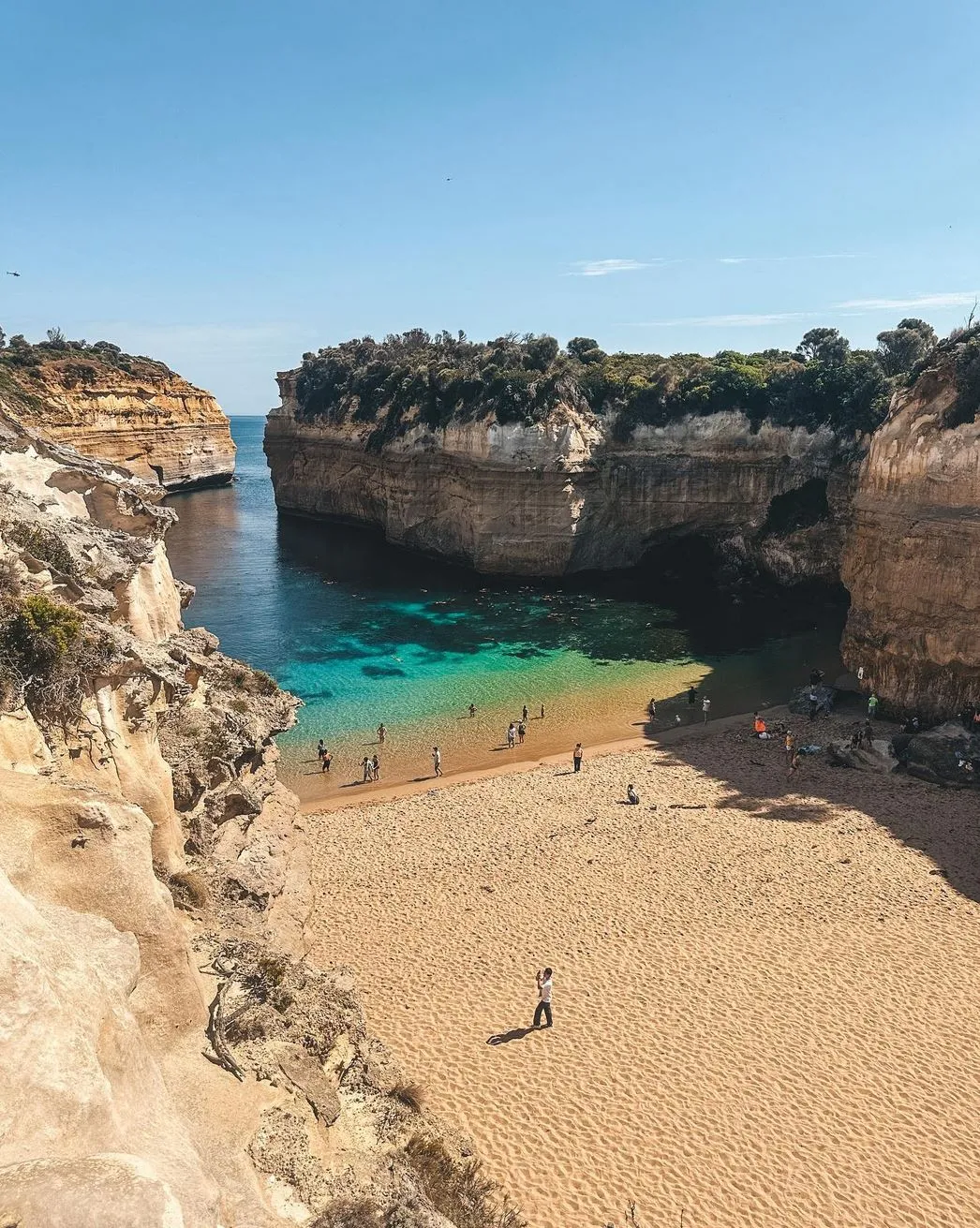
- The Twelve Apostles: Famous rock stacks rising out of the Southern Ocean, perfect for a postcard photo opportunity.
- Loch Ard Gorge: A natural bridge with walking trails and stunning views of limestone cliffs.
- Rainforest Walks: Walk through temperate rainforests with ancient trees and fern-lined gorges.
Waterfalls and Walking Tracks
- Erskine Falls: A waterfall hike with stone steps to photo opportunities.
- Hopetoun Falls: A shorter walk that offers great views of a fern-lined gorge.
Seasonal Information for Your Trip
Winter
The cooler weather creates a mystical atmosphere along the shipwreck coast and rainforest trails. But be careful on the roads and dress warmly for outdoor adventures.
Bird Watching and Native Wildlife
Bring bird seed to attract native birds like kookaburras and parrots and keep an eye out for koalas in eucalyptus trees.
Time
If you are short on time focus on the must see attractions but allow time to take in the views and sights along the whole drive.
More to See and Do
Cultural Heritage and Native Habitat
Great Ocean Road is rich in cultural heritage and reconciliation. Many stops acknowledge the traditional owners and are working towards equity of outcomes and long-term partnerships with local communities.
Bit of Fun
For the adventurous, try a dive spot near Port Campbell or go on a wildlife head adventure to see kangaroos and native birds in their natural environment.
Eat and Shop
Stop in at coastal towns for seasonal produce, local crafts and a taste of the region. Chill out at beachy cafes or fine dining with lake views.
Great Ocean Road has a stunning coastline, amazing adventures and a taste of Australia’s natural beauty. Whether you drive, use public transport or join a tour this journey has views and memories to last a lifetime. Book now! The Great Ocean Road tour from Melbourne is the perfect way to see this iconic route with all the hassle removed, with stops at the Twelve Apostles, Loch Ard Gorge and rainforest trails.
FAQ
How long does it take to drive the Great Ocean Road?
5-6 hours without stopping. But most people take 2-3 days to see all the sights.
Can I go to Great Ocean Road in one day?
Yes, but you’ll have to focus on the main stops like the Twelve Apostles and Loch Ard Gorge. For a more relaxed experience stay overnight.
What are the best stops?
Don’t miss the Twelve Apostles, Loch Ard Gorge, Erskine Falls and the temperate rainforests of Great Otway National Park.
Is the Great Ocean Road safe to drive?
Yes, but be careful on the windy roads especially during winter or after rain when the roads are slippery.
How do I see the Great Ocean Road?
Driving gives you the most flexibility but tours are great for a hassle free, informative experience.
